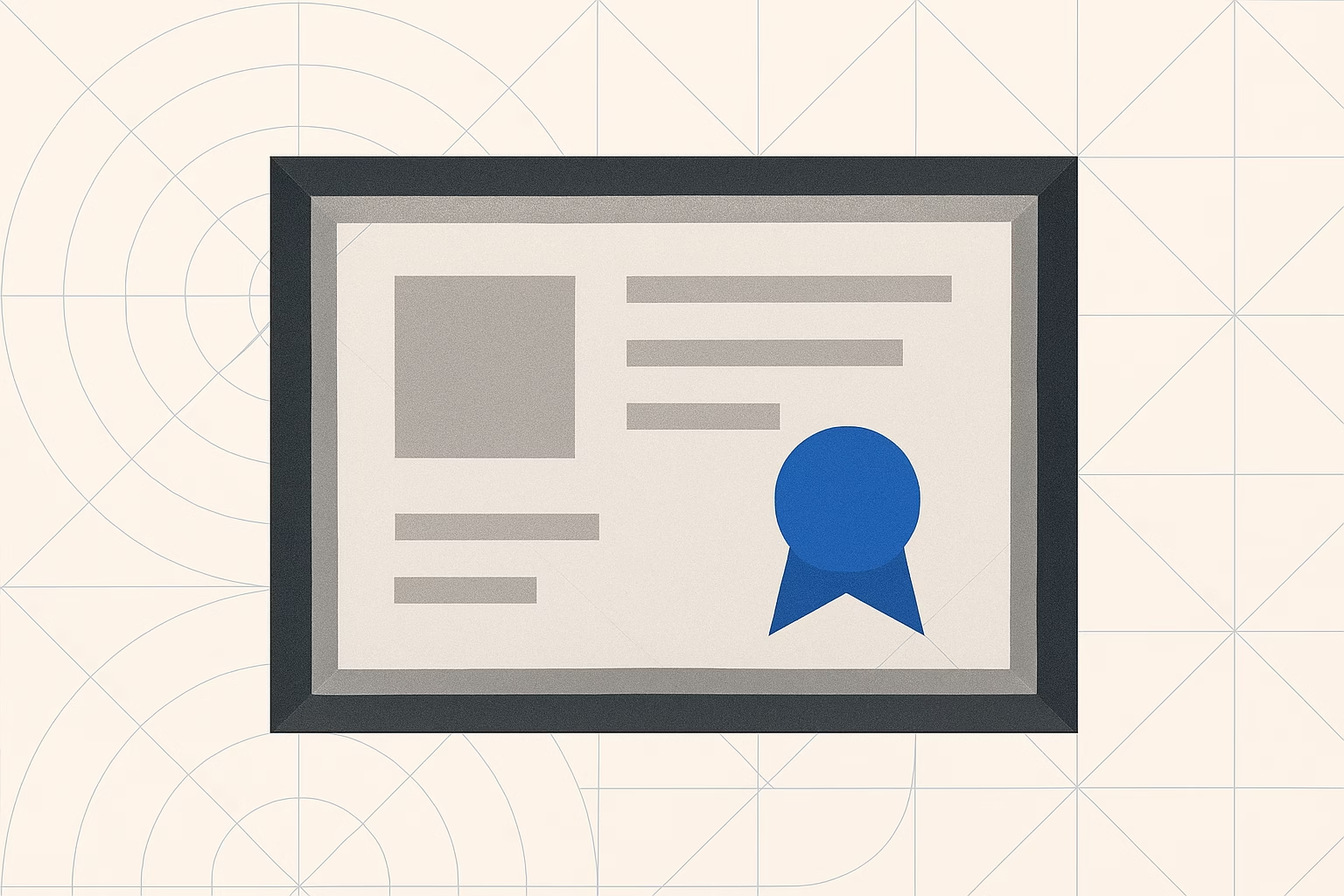Introduction
In a competitive landscape where every click and swipe counts, choosing the right degree for ux designer plays a pivotal role in building a successful career. A structured academic path not only furnishes you with fundamental design principles but also equips you with research methodologies, technical skills, and a professional network. Whether you’re exploring user psychology, mastering wireframing tools, or leading design sprints, selecting an appropriate program can accelerate your growth and open doors to top-tier roles.
Why a Degree Matters in UX Careers
A formal academic credential often signals credibility to employers and clients. Here’s why pursuing a degree for ux designer can be transformative:
- Structured Curriculum: A syllabus that balances theory and hands-on projects.
- Expert Faculty: Guidance from instructors with industry experience.
- Peer Network: Collaborations with fellow designers, researchers, and developers.
- Recruitment Access: University partnerships with tech firms and agencies.
By immersing yourself in a comprehensive program, you cultivate critical thinking, empathy, and technical fluency—traits at the heart of user experience design.
Types of UX Design Qualifications
When exploring a degree for ux designer, you’ll encounter diverse credential types:
- Bachelor’s Degree in Human-Computer Interaction (HCI)
- Bachelor of Arts/Science in Interaction Design
- Master’s in User Experience Design
- Master’s in Digital Product Design
- Professional Certificates in UX Research or UI Prototyping
Each pathway varies in depth, duration, and focus. Aspiring practitioners should align their choice with career goals—whether that’s specializing in user research, visual design, or UX leadership.
Top UX Degree Programs for Beginners
For those starting out, reputable institutes offer robust programs:
| Institution | Program | Duration |
|---|---|---|
| Carnegie Mellon University | BS in Human-Computer Interaction | 4 years |
| Savannah College of Art & Design | BFA in Interaction Design | 4 years |
| Georgia Institute of Technology | MS in Human-Computer Interaction | 2 years |
| University of Washington | MS in Human-Centered Design & Engineering | 2 years |
These curriculum-driven degrees cover core topics like usability principles, information architecture, and cross-disciplinary collaboration.
Bachelor in User Experience Qualification
A four-year undergraduate program immerses you in:
- Fundamentals of design thinking
- Basic front-end coding (HTML, CSS, JavaScript)
- User research methods (interviews, surveys, persona creation)
- Portfolio development through capstone projects
A bachelor’s track lays the groundwork for entry-level roles and can serve as a stepping stone to advanced studies.
Master’s in UX Designer Degree
A two-year master’s hones specialized skills:
- Advanced prototyping (Sketch, Figma, Framer)
- Data-driven usability testing
- Leadership in design strategy and accessibility
- Collaboration with multidisciplinary teams
This ux designer degree often attracts professionals pivoting from related fields or seeking accelerated career advancement.
Key Courses and Curricula for a UX Degree
Whether aiming for a bachelor’s or master’s, look for programs that emphasize:
- User Research & Analytics
- Information Architecture
- Interaction & Visual Design
- Accessibility & Inclusive Design
- UX Strategy & Ethics
Hands-on labs and internships bridge theory with real-world product challenges, ensuring you graduate with a polished portfolio.
Comparing Bachelor’s vs. Master’s in User Experience Qualification
| Aspect | Bachelor’s Degree | Master’s Degree |
|---|---|---|
| Depth of Study | Broad foundation | Specialized expertise |
| Duration | 3–4 years | 1–2 years |
| Cost | Lower total tuition | Higher per-year fees |
| Career Outcomes | Entry-level roles | Mid to senior-level positions |
Your decision depends on your background and career trajectory. A bachelor’s is ideal if you’re new to design, while a master’s is suited for those with prior experience or a related undergraduate degree.
Alternative Pathways: Certificates and Bootcamps
Not everyone can commit to a full degree for ux designer. Shorter, intensive options include:
- Professional certificates in UX research, UI design, or prototyping
- Coding bootcamps with a UX track
- Online courses from platforms like Coursera, Udacity, or edX
While these alternatives provide targeted skills quickly, they may lack the depth and credibility of a full degree.
Balancing Theory and Practical Experience
An effective UX program blends academic rigor with practical application:
- Collaborative studio courses that simulate agency environments
- Internship placements with startups or enterprises
- Design challenges judged by industry professionals
- Cross-department projects with developers, marketers, and data scientists
Prioritize programs that foster real-world portfolio pieces, as tangible outcomes often carry more weight than grades alone.
Selecting a UX Design Certificate Alternative
For budget-conscious professionals, certificates can bolster your resume:
- Nielsen Norman Group UX Certificate
- General Assembly UX Design Immersive
- Interaction Design Foundation short courses
These options build core competencies and let you demonstrate proficiency in niche areas like accessibility or mobile UX.
Explore more at Interaction Design Foundation.
How to Choose the Best UX Designer Degree Path
To pinpoint the right fit:
- Assess Your Goals: Are you targeting research, visual design, or product management?
- Compare Curricula: Does the program cover your must-have skills?
- Evaluate Faculty: Look for instructors with a proven track record.
- Check Alumni Outcomes: Where do graduates land jobs?
- Consider Format: On-campus vs. online, full-time vs. part-time.
This methodical vetting ensures your investment aligns with your long-term career vision.
Funding Your UX Education
Financing a degree for ux designer can be daunting. Common strategies include:
- Scholarships & grants specific to design and tech fields
- Employer tuition reimbursement programs
- Federal loans or private education loans
- Part-time work or teaching assistantships
Research institutional aid deadlines and leverage design-focused funds to minimize debt.
Scholarship Comparison
| Scholarship Name | Eligibility | Amount |
|---|---|---|
| Adobe Design Fellowship | Graduate UX students | $10,000 |
| AIGA Worldstudio Scholarship | Underrepresented designers | $3,000–$5,000 |
| Google UX Fellowship | Emerging UX researchers | Course waiver |
Invest time in crafting strong applications and highlighting your portfolio.
Making the Most of Your UX Education
To maximize your ux designer degree investment:
- Build a diverse portfolio spanning web, mobile, and voice interfaces
- Attend design conferences (e.g., UXPA, CHI, Service Design Global)
- Join professional communities on Slack, LinkedIn, or Discord
- Collaborate on open-source or nonprofit projects to refine teamwork skills
Active engagement beyond the classroom accelerates your growth and professional network.
Next Steps After Graduation
Earning a degree for ux designer is just the beginning. Post-graduation, focus on:
- Tailoring your portfolio to specific roles (UX researcher, UI designer, UX strategist)
- Preparing for interviews with case-study presentations
- Securing mentorship through professional associations
- Pursuing continuous learning via workshops, online courses, and certifications
By remaining curious and adaptable, you’ll thrive in a field that evolves with every new device and user expectation.
Conclusion
Selecting the right degree for ux designer demands research, self-reflection, and strategic planning. Whether you opt for a bachelor’s in HCI, a focused master’s, or a targeted certificate, ensuring alignment with your career aspirations is key. Invest in programs that marry theoretical insights with hands-on experience, leverage external resources like the Interaction Design Foundation, and commit to lifelong learning. Your academic choices today will chart the course for your impact on tomorrow’s digital experiences.
Your Roadmap to UX Success
By blending thoughtful program selection, proactive networking, and portfolio-building rigor, you’ll emerge equipped to design intuitive, inclusive, and impactful user experiences. Start your journey by mapping your career goals, comparing ux degree programs, and taking decisive action – the digital world awaits your unique perspective.





